Case Studies
Travel Trends in 2025: What They Mean for Travel Brands & How to Market Smarter
Evolving traveller preferences like sustainability and AI-driven planning are reshaping the travel industry. We explore how brands can adapt and market smarter to stay ahead in 2025.
Travel is back in full force in 2025. According to the European Travel Commission, international arrivals to Europe rose 7.2% in Q1 year-on-year. Airbnb reports record demand for spring and summer bookings, while Expedia and Google highlight growing interest in more flexible, experience-led itineraries.
Travellers are rethinking how they plan, where they go, and what they value most. Social media, AI support, and rising sustainability awareness are influencing these choices in real time. Planning behaviours have shifted fast, and brands risk selling 2010s holidays to a 2025 audience. For marketers, this means adapting quickly—whether through geo-targeted messaging, new content formats, or platform-specific strategies. And while cost still matters, price alone won’t win. Travellers are prioritising value, experience and alignment with their personal preferences more than ever—reshaping what it takes to stand out in a crowded market.
We’ve seen this shift firsthand with our client Oliver’s Travels, and it is both the challenge and the opportunity for travel brands in 2025.
“Successful marketing isn’t just about having a great product, it’s about connecting with people on a deeper level.”
Sustainable Travel & The Shift to Lesser-Known Destinations
Travellers in 2025 are prioritising meaningful, less crowded experiences over major tourist hotspots. According to American Express, 72% prefer the right experience over the cheapest deal, with growing interest in wellness, local stays, and eco-conscious options. The global sustainable tourism market is now valued between $3.1 trillion and $4 trillion, expected to grow by over $500 billion by 2029. Gen Z is leading this shift, with nearly half concerned about their environmental impact and 76% of all travellers aiming to make more sustainable choices.
Demand is also shifting to quieter alternatives—Expedia reports increased searches for less touristy cities like Reims, Girona, and Santa Barbara, echoing Airbnb’s 2023 finding that 80% of new bookings were in non-urban areas.
This presents an opportunity for travel brands to align with evolving preferences. Campaigns across paid search and social can spotlight quieter destinations, off-season travel, and low-impact experiences—appealing to travellers who value more thoughtful, less crowded trips.
At Kinase, we’ve seen this shift firsthand with long-term client Oliver’s Travels. By combining CRM insights with geo-targeting strategies, we helped them surface the right villas to the right audiences—even for lesser-known destinations—driving awareness and growth across social and search as they expanded to nearly 10,000 properties.
How Tech is Redefining Planning
Planning behaviours have also shifted. Platforms like TikTok and Instagram are now key sources of travel inspiration, especially for younger audiences. Over 80% of millennials turn to social media for ideas, with more than half of Gen Z saying it’s their main planning tool.
AI is accelerating this shift, with the travel AI market projected to grow from $2.95 billion in 2024 to over $13 billion by 2030. This includes tools like itinerary generators, price prediction engines and personalised trip planners, already used by one in five millennials to build more tailored travel experiences.
For marketers, this means meeting travellers where they’re searching—and ensuring that channels like search, social and display work in sync across the funnel. Social platforms are increasingly where travel inspiration begins, while search captures high-intent moments as travellers narrow down options. Display, often overlooked, can reinforce brand recall and retarget undecided users across the journey. To make this work, brands need to invest in short-form video, user-generated content and AI-powered personalisation that adapts to how and where people are planning their trips.
The Search for Real Value
While cost remains a key factor, travellers aren’t cutting back on what matters. According to Skyscanner, 60% say flights are their top decision driver, followed by accommodation and dining. Despite rising costs, 80% still plan the same or more trips in 2025.
That means price alone won’t win. Travellers are looking for clear value—whether through flexible pricing, loyalty perks, or meaningful upgrades that enhance their experience. Brands that position their offers as “worth it,” not just “cheapest,” will stand out.
Global Uncertainty & Regional Shifts
Global events continue to shape demand. U.S. inbound tourism is down 11.6% year-on-year, including a 17% drop in European visitors. Canadian travel could fall by over 20%, risking $9 billion in lost revenue. In contrast, Asia’s tourism is booming—Vietnam, Thailand, and Malaysia saw double-digit growth in 2024, and Japan welcomed 37 million tourists.
Yet rapid growth has its downsides. Cities like Kyoto are facing over-tourism pressures, while European destinations like Bruges are introducing new visitor taxes to manage the strain. So in conclusion, marketers must balance visibility with sustainability—promoting off-peak, lesser-known, or more responsible options, backed by geo-targeted messaging that flexes with changing conditions.
Where We Go From Here
Travellers are more mobile-first, experience-driven, and more quick to switch plans than ever before. To keep up, brands need to shift toward predictive insights, platform-specific content, and real-time campaign agility.
Performance-focused strategies should embrace AI personalisation, short-form content, and user-generated social proof. At Kinase, we help travel brands stay responsive and results-driven—optimising Paid Search and Paid Social campaigns to meet changing traveller expectations and deliver measurable impact.





